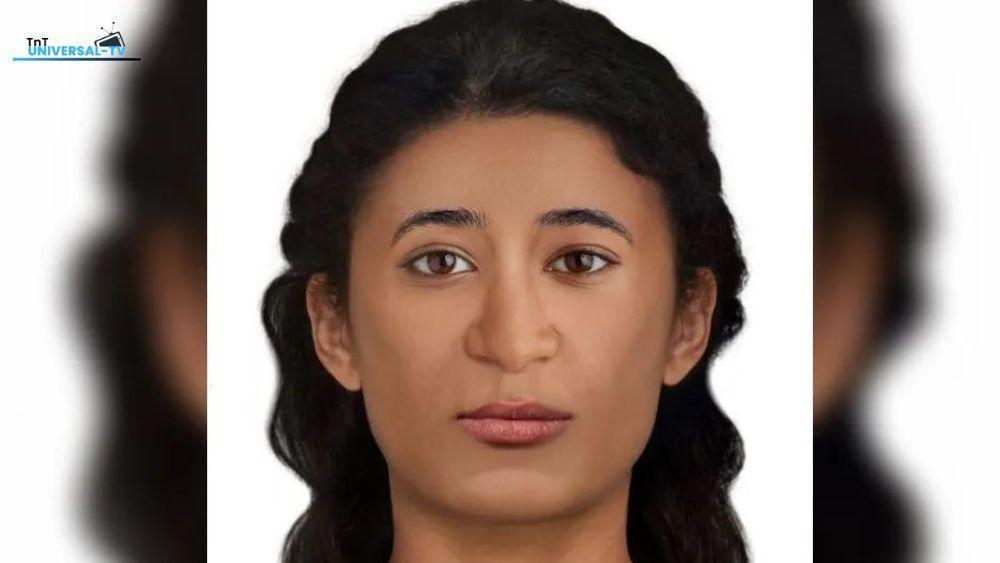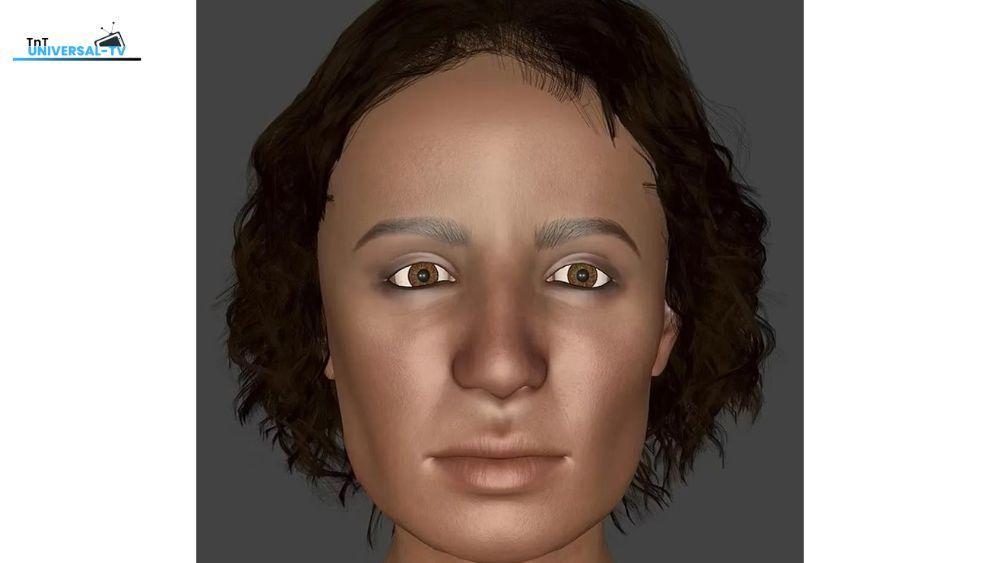
Scientists in Poland have succeeded in humanizing what is believed to be the “first pregnant Egyptian mummy”, more than two thousand years after her death.
The mummified woman, known as the “mysterious lady”, was analyzed last year by a team of Polish researchers, who discovered evidence of a fetus inside her stomach.
Scientists believe that she died about two thousand years ago, while she was in the 28th week of her puberty. She was probably between 20 and 30 years old.
Experts used her skull and other remains to produce two images showing what she looked like when she was alive in the first century BC.
Italian forensic anthropologist and member of the Warsaw Mummy Project, Chantal Melanie, said: “Our bones, and the skull in particular, provide a lot of information about an individual’s face. Although it cannot be considered an exact image, the skull, like many anatomical parts, is unique. A set of shapes and proportions will appear in the final face.
She added: “The face covering the skeleton follows different anatomical rules, and therefore standard procedures for its reconstruction can be applied, for example to determine the shape of the nose. The most important component is the reconstruction of soft tissue thickness at many points on the surface of the bones of the face.”

What do we know about the “mysterious lady”?
- It is believed that the “Mysterious Lady” was found in the early nineteenth century, in the royal tombs in Thebes, Upper Egypt, and she belongs to the elite of Thebes society. The mummy is believed to be the first mummified mummy known to contain an embryo.
- The mummy dates back to the first century BC, when Cleopatra was queen, and Thebes was a lively city.
- The mummy was transported from Egypt to Warsaw in December 1826, around the time of some of the most important discoveries in Egypt’s Valley of the Kings.
- At first, the mummy was believed to be the remains of the priest Hor Djehoti, but in 2016 it was discovered to be a mummified woman. Her body was carefully wrapped in tarps, and left with a rich set of amulets, to be with her in the “afterlife”.
- The mummy of “The Mysterious Lady” is currently on display in the National Museum in Warsaw.
- Two forensic specialists, along with researchers from the University of Warsaw, wanted to “rehumanise” the mummy using 2D and 3D techniques, to reconstruct her face.
- Forensic expert Hugh Morrison said: ‘Face reconstruction is used primarily in forensic medicine to aid in body identification when more common methods of identification, such as fingerprint recognition or DNA analysis, are not feasible.
Why did you stir up controversy?
- The “pregnant mummy” sparked a lot of controversy. Last January, the Journal of Archaeological Sciences published a scientific article by the Professor of Diagnostic Radiology at Cairo University, Dr. Sahar Selim, an expert in archaeological radiology, a member of the Egyptian Mummies Project of the Egyptian Ministry of Tourism and Antiquities, in which she refutes the hypothesis of Polish researchers.
- The Polish team assumed in the first study, published in the Journal of Archaeological Sciences, that the scan revealed that the mummy that was initially believed to be a priest is a female mummy placed in the “wrong coffin”, with a fetus between 26 to 30 weeks old, and that the mother died of causes. Unknown.
- In previous statements to “TnT Universal Tv”, radiologist at Cairo University, Sahar Selim, refuted the reasons that led her to believe that there was no fetus inside the mummy.
- Celine said that “when I read the published scientific study on the pregnant mummy, she never responded to the media at the time, and preferred to respond by publishing a scientific article that refuted the mistakes that Polish archaeologists made.”
- “What they considered an embryo is actually a roll used for embalming,” according to Salim.
